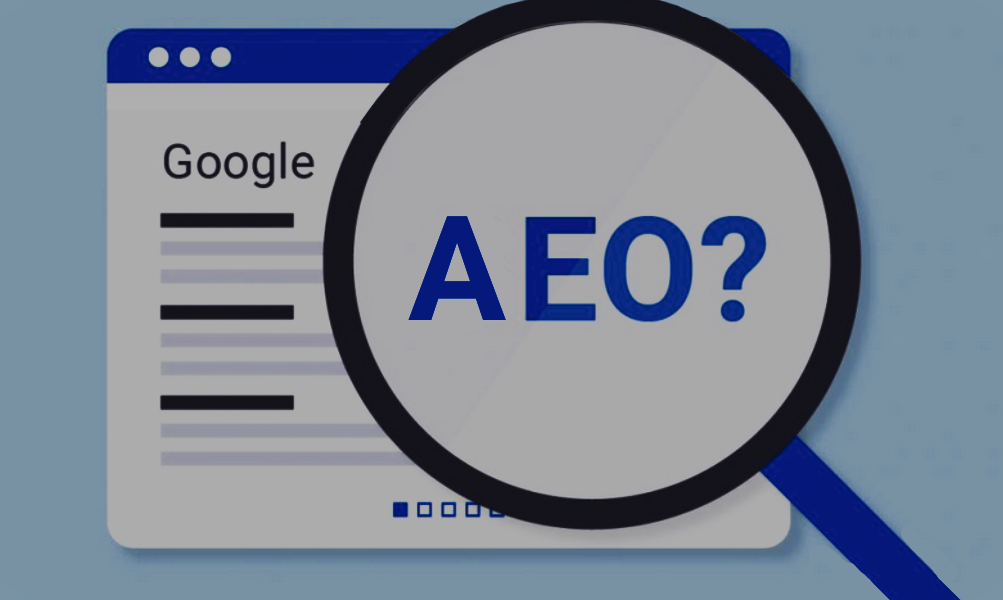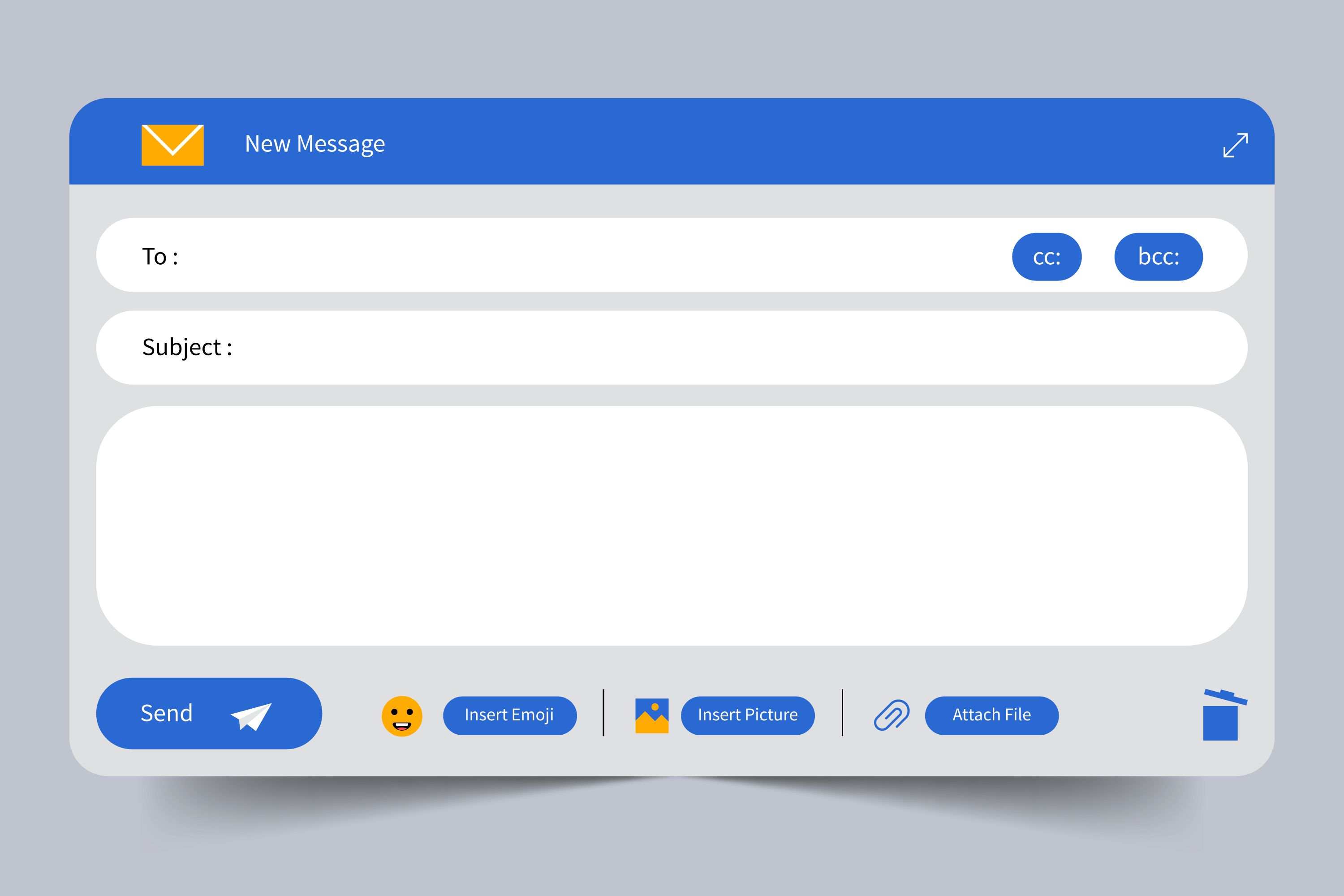
Artificial Intelligence (AI) has transformed the way we perceive technology, with devices being made smarter and more intelligent through it. This change is expressed in, but not limited to, what we call “Model Training” — the process of allowing AI systems to learn and make decisions.
In this article, we shed some light on model training in AI: its steps/challenges and how it impacts our life.
You train a model by inputting data in an AI algorithm to help the system learn how it identifies, makes decisions, determines regularities through time, and solves significant problems. To draw a human parallel here: Have you ever seen how children are taught reading? They learn because they see letters, words, and sentences (very simplistic) many times. Same with an AI model — it learns by repeating on data examples! It trains the AI so it can do things like recognize faces in photos, predict weather patterns, or drive a car.
Training a model is critical to the entire performance and accuracy of an AI system. An AI model without proper training is like a student who has never stepped foot inside the classroom but must pass their final exam — it would not score well. For example, well-trained models can be tuned to within an average of 2 degrees Fahrenheit and make real-time decisions.
When a model is trained, prediction to real-world happenings relates much in closer alignments with reducing errors, generating more reliability.
Since the models are well-trained, they respond to new data which they were not trained on but can still operate in a dynamic environment.
After being trained on large amounts of data, models can manage a wealth of information and complex tasks; thus, they can be applied on a huge scale.
To get an understanding of how training works, we need to know about the different types of AI models. Model selection depends on the task type and data format.
This is the most common type of training, which means the data you feed your model consists of labeled data — that is, it comes with correct answers. For example, in image recognition, a supervised model would learn to differentiate between two objects — say cat and dog — by being trained on thousands of labeled images (cat or dog).
In contrast to supervised learning, unsupervised learning is for unlabeled data. Supervised learning allows the model to find a pattern and relation within itself without finding them stepwise, superfast, amazing right? This is often used for clustering tasks to group profiles, such as grouping customers of similar profiles together so they can market themselves.
Reinforcement training is a reward-based approach for teaching the model. Ultra is commonly utilized in gaming and robotics, wherein the model learns optimal strategies through trial-and-error.
This method is exactly what it sounds like — semi meaning half and supervised or unsupervised. SL is often used for training because it utilizes a small set of labeled data and does not need to rely on large amounts, which reduces cost and complexity in the process.
The training of an AI model consists of a few steps, whose final effectiveness determines the performance of the overall trained model. Step by step to dig deeper:
The first and most important step is data collection. Data directly affects the learning potential of a model, both its quality and quantity. An example of this is using a self-driving car model, which needs huge amounts of data from cameras, sensors, and simulations to be able to navigate around the roads safely.
Raw data concerns contain litter, missing files, or inconsistency which leads a model on training to misleading. Preprocessing prepares data to be clean and in order; this makes the next steps functional. It can also involve normalization, where values are scaled in a given range or encoding (converting categorical data into numeric form) at this stage.
Features are used to make predictions, and they can be the individual measurable properties or characteristics. Feature selection is important as irrelevant or redundant features can affect model performance. Methods like Recursive Feature Elimination (RFE) or Principal Component Analysis (PCA) are used to optimize feature selection.
Different models are suitable for different tasks. For example, a regression model can be set to predict the future price of stocks, which has infinite possible outcomes, while classification models suit analyzing whether or not given symptoms are indicative of some disease.
This is where it matters most and models learn from data. Training adjusts the parameters of this model with algorithms that produce a small error/fitting well between what you predicted and what really happened. This process usually involves dividing the data into training and validation sets to check how accurate a model is.
Data preparation is a crucial step in the modeling development process. The most powerful algorithms will not work if the data is in an improper format.
The process of data cleaning involves removing or correcting stripes/strings that distort the results. This can also be due to outliers, duplicate records, and in general, unexpected malformed data with incorrect values such as values outside the accepted range.
Missing data is widespread and can severely impact model performance. Using methods like mean imputation (substituting missing values with the average) or more advanced approaches, such as using predictive models to replace gaps, may be a good idea.
In situations where we have a limited data D, data augmentation generates more examples by creating new ones from the old set. By performing operations such as flipping, rotating, or adding noise to images in image recognition tasks, creating new training samples with them helps make the model more robust.
Algorithms are the base form of AI models. Every algorithm has its pros and cons, as well as different types of tasks to apply.
Just as how the human brain works, a neural network is made up of layers that are interconnected by nodes “neurons.” These are very powerful for unstructured data problems — like image and speech recognition.
Decision trees are intuitive models that split data into branches based on conditions or rules. They are intuitive and mostly used in classification as well as regression problems.
SVMs perform optimal hyperplane separating classes of data. They work particularly well on binary classification problems and high-dimensional data.
KNN is a straightforward and efficient algorithm that classifies data points according to the proximity of neighboring points. Popular in different domains like pattern recognition and recommender systems.
Hyperparameters are parameters whose value is set before the learning process begins, and they control the training behavior of a model. These factors highly influence how the model performs and must be fine-tuned.
Hyperparameters are configuration settings that you set prior to the training process. For example, learning rate, number of trees in random forest, or the number of layers in neural network.
Learning rate, batch size, and number of epochs are some common hyperparameters that people focus on during training deep learning models.
Methods such as Grid Search and Random Search analyze various combinations of hyperparameters to identify the optimal-performing configuration.
So how do you know if a model is trustworthy? It all comes down to evaluating the performance of models. Use multiple metrics depending on the targets:
Accuracy, Precision, and Recall: the proportion where it gets things right. Precision is concerned with the right positive predictions, whereas recall measures how well your model is capable of finding all positive instances.
A confusion matrix shows the true positives, false negatives, etc., on model performance.
ROC curves can be used to assess the performance of classification models by plotting true positive rates against false positive rates.
A model-building process has many conceptual pitfalls, i.e., overfitting and underfitting that drastically lessens a model's ability to perform its function well (in predicting values).
A model that learns the training too well and, in reality, learns noise & outliers. As a result, when they are exposed to new, unseen data, their performance is poor.
If a model is too simple for our problem statement, so even on test data, it doesn't perform well (overfit with low complexity).
You can counter these issues with techniques such as L1 and L2 regularization, dropout in neural networks, or increasing the training data among many others.
Most often, improving the performance of a model is an iterative process to change different components in the training pipeline.
Cross-validation is an approach during which the data set of a dataset will be split into several folds and for all other folds against one fold to train, while validations apply on the remaining. This preserves a good and steady quality with the model over its different subset of data.
Regularization prevents overfitting (which is when a model learns the noise in training data instead of the underlying distribution) by penalizing overly complex models. This allows for better generalizability to unseen test instances and examples.
Combines multiple models to leverage the strength of each. We can use these techniques to build strong and robust models; some of the common ensemble methods used for modeling problems are Bagging, Boosting, and Stacking.
A few tools and frameworks are available for model training, each with its specialty.
An open-source library from Google that offers a comprehensive ecosystem of tools for developing and training machine learning models, especially those based on deep learning.
More widely used by researchers, PyTorch has dynamic computational graph functionality that enables more flexibility in model building and debugging.
Scikit-learn is also the tool of choice for traditional ML algorithms. It is easy to use, fast, and provides tools for data mining and analysis in Python.
Training AI models is a daunting task. In this context, some common challenges that AI practitioners face are:
That leads to extensive training, requiring less computation and providing sharper outputs.
Training food causes models that work fine for some groups and poorly for others. However, this poses ethical challenges as it risks amplifying harmful biases that should instead be mitigated.
Dynamically optimizing DL models makes it very hard to understand how they make their decisions, which is challenging in domains such as the healthcare sector where transparency matters a lot.
AI is changing quickly and new trends around model training are always appearing that will only help move the industry along.
AutoML attempts to automate the end-to-end process of applying machine learning to real-world problems with minimal human intervention and expert knowledge in training a model or tuning hyperparameters.
It is another framework that helps to train the model across multiple devices or servers which holds local data samples without exchanging them. This decentralized method increases the privacy of users and reduces data transfer costs.
AI models are showing real-world applications in myriad fields. Here are some examples from the real world:
AI models help to diagnose diseases, predict patient outcomes, and personalize treatment plans better than before.
Trained models are used for fraud detection, algorithmic trading, and credit scoring to improve decision procedures.
Tesla self-driving cars use trained AI models to make decisions in fractions of a second, recognizing traffic signs and the road's curvatures to avoid collisions with other objects.
Answer 1: Model training in AI is the process of teaching an artificial intelligence system to perform classification or prediction tasks from data. This includes injecting data into the model, modifying parameters, and checking prediction results.
Supervised learning involves training on labeled data, whereas unsupervised learns without supervision using unlabeled data to find patterns and does not have predefined answers.
Hyperparameters are a category of parameters that set the structure of the model and the process in which it is trained, but they have no specific values learned from the data themselves; for instance, learning rate, number of epochs...
Data preprocessing helps clean and prep the raw data for training, removing noise and inconsistencies in the dataset allowing it to provide correct predictions.
Overfitting is simply when our trained model predicts well with the training data but fails to deliver results within test or real-world scenarios. Examples of use cases that can lead us towards overfitting are: creating too complex models for small amounts of datasets and not cleaning/preprocessing your dataset. Aggregate learning approaches such as ensemble methods will elevate this situation in most occasions.
Overfitting refers to the problem when a model learns too well from training data and therefore, does not perform well on new datasets. You can use cross-validation, regularization, dropout, etc., to reduce overfitting.
Some of the major frameworks used for AI modeling include TensorFlow, PyTorch, and Scikit-learn. Each has its specific toolset to help build models from training data.





